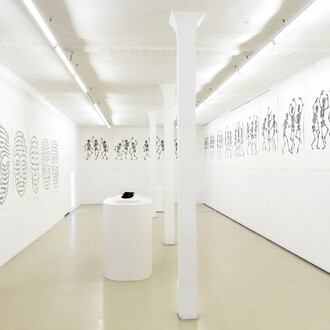When it comes to meat, emotions run high: for some, it is an indispensable food and part of cultural heritage. For others, its consumption is unjustifiable, whether on principled ethical grounds, in light of the conditions under which animals are kept, transported, and slaughtered, or on account of animal husbandry’s effect on climate change. But meat has not become a social issue overnight. It has always been a marker of identity and status.
There is hardly a better place to tell meat’s story than Vienna. Even in the Middle Ages, more meat was eaten here than anywhere else, a reflection of the city’s role as a hub of the cattle trade. By the 19th century, Vienna sported the enormous slaughterhouses of St. Marx along with a seemingly infinite number of butchers' shops. At the same time, Vienna was an early stronghold of animal protection as well as a center of vegetarianism. All the while, meat denoted social difference.
The exhibition traces the history of Viennese meat from the stable to the plate and beyond, reports on vanished professions and dishes and sheds light on advertising and gender roles. It links the past with the challenges of the present and poses the question: What will happen to meat-eating in the future?
















